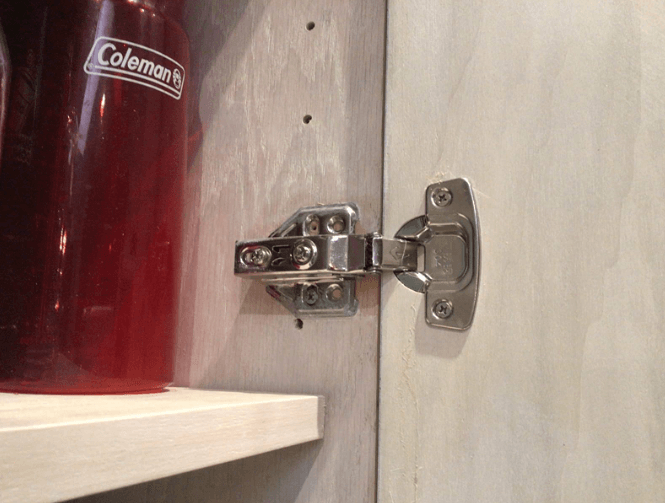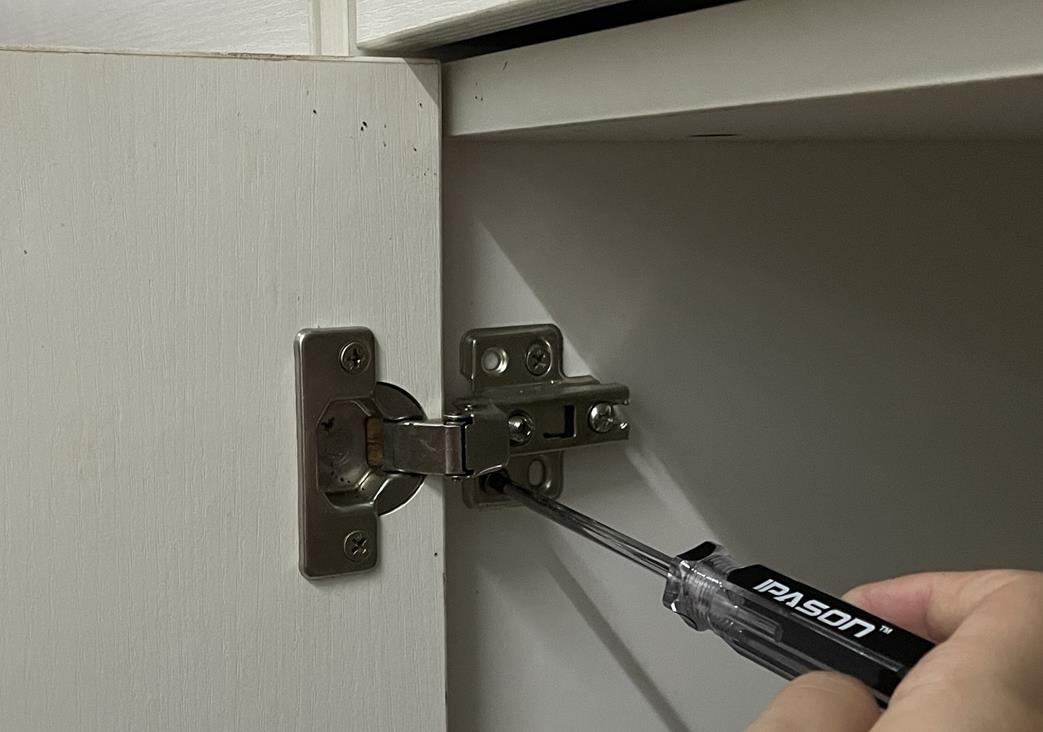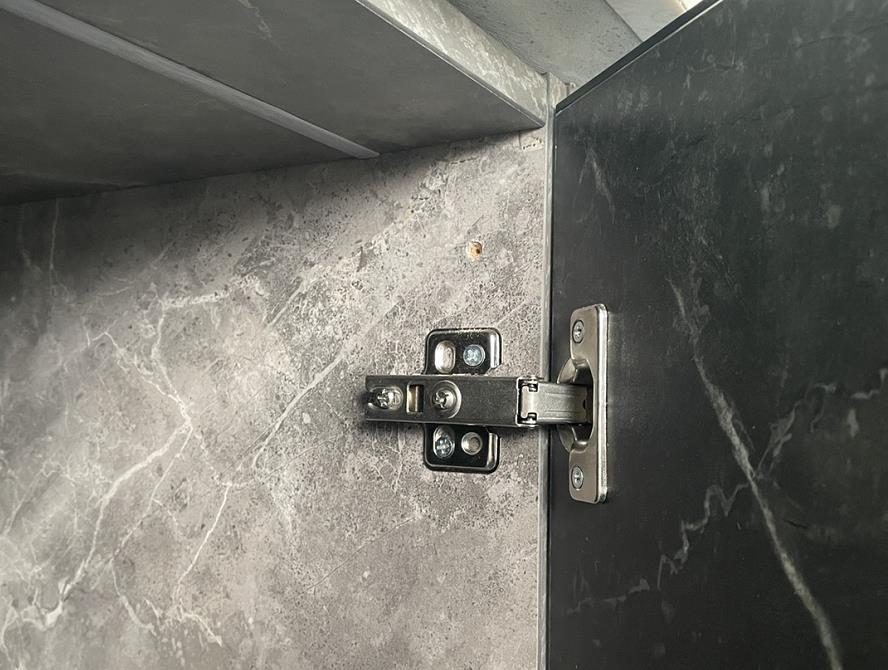How to Adjust Old Cabinet Door Hinges
To get the process on how to adjust old cabinet door hinges right, start by knowing the cause of the sagging or the issues the cabinet door hinges are facing. Sometimes the cabinet door hinges may close all the way. In such a case, they are hinged binding with the cabinet end. In some cases, the cabinet door may be screwed too tight, making the hinge pinch to the door. A simple adjustment process will solve the problem. The cabinet door may sag due to several reasons. Go the extra mile and fix the sagging tissues on the cabinet doors by tightening the hinges well. Strapped holes near the hinges or loose screws can be the issue. Never guess what is causing the problem on the cabinet hinges. Start by going the extra mile to check out the real cause of the cabinet holes sagging. After identifying the problem, then proceed to apply the solution.
Identifying the Problem
The first step to take when adjusting an old cabinet door hinge is to check out the condition of the door. Ensure the door is carefully adjusted to create the perfect fit. Several reasons can cause a sagging door. After identifying the problem, then proceed to apply the right adjustment measures. Sometimes the door will need some form of alignment and tightening of the screws before starting working.
How to adjust old cabinet door hinges
1. Unscrew the center screw
How to adjust old cabinet door hinges? The process starts by removing the center screw. Use a drill or driver to remove the center screw. It is essential to remove the center screw to create room to adjust the door till it offers the perfect fit. During the assessment process, the door may have developed different complications such as sagging; ensure the door is adjusted in such a way it will create the perfect alignment before it can be tightened.
2. Adjust the door
After removing the center screw, the door will be flexible. Adjust it and ensure it is closing and opening well. If other screws are making it hard to adjust the door, then you can untighten them a bit so that the door can move freely. The main aim of adjusting the door is to ensure it sits well on the space provided to avoid incidences where it can damage the screw. The process will take few minutes, but it will eventually lead to the perfect closure of the door. Ensure there is no sagging when adjusting the door.
3. Replace the center screw
Sometimes the screw may have become sag due to the friction experienced when closing and opening the door. A simple replacement of the screw can do the job. Get a screw with a slightly bigger gauge, then replace the old center screw. The screw can be a bit longer to press into the wood to make the hinges stay stronger. Be careful not to overextend the hole. If the old screw did not fit well because the door had expanded the hinge hole, then a slight offset can solve the problem when drilling the new screw hole.
4. Drive the screw harder
The old hinge screw may have become weak because it has untightened with time. To make the new screw offer the perfect fit, it will require pushing it harder. Always pay attention to the size of the door. Choose a screw that will not drive through the wooden part of the cabinet wall. It can lead to more damage to the cabinet doors. It can be driven into the stud framing to form the perfect fit.
5. Driving the screw
When driving the screw into the cabinet door, be careful. Feel the way the screw is driving. In case it starts to lift thethe door, then reduce the pressure. It should offer the perfect fit so that the door can close and open smoothly. The hinge should become hard to turn, but it should not penetrate through the cabinet door. The screw head and the penetration should not cause any obstruction to the type of door or hinge used.
6. Tighten the screws in the hinges
If the door is well aligned, then the next step is to ensure the screw is tightened well to keep the door in position. The screwdriver should offer the perfect fit to allow homeowners to open and close the door easily. Sometimes it will require using bigger screws, get them to work perfectly when tightening the hinges.
7. Check the alignment and tension
After adjusting the old cabinet hinges, the next step involves checking to ensure they are well aligned. Observe the hinges to know the pressure. They should not exert too much pressure as they open or close because it can damage the door. When shopping for the hinges, always ensure they are the same size and standards meet the old hinges. The issue may be on the hinges, and it will require some form of replacement. In such a case, work with the right measurements to replace the right hinges that will get the job done perfectly.
8. Adjusting screws
Sometimes the cabinet door may fail the test due to too much tension. If the door tends to experience a lot of tension, then there is a need to adjust the screws. Use a screwdriver to adjust the different screws on the hinges till the hinge is left to run smoothly. It is essential to adjust the hinges until they start moving smoothly to avoid cases where some obstructions can damage the door. The hinges are designed to move smoothly when opening and closing the door. There should be no strange noises when closing or opening the door. The movement should be smooth.
The steps above are simple. Any homeowner can try them to fit the loose hinges on the kitchen cabinets. In case the issue is more complicated, then calling an expert will be a great idea. Shop around to find the best experts who will get the job done without any worry of explanations. The hinges should be of the highest quality to serve well.



